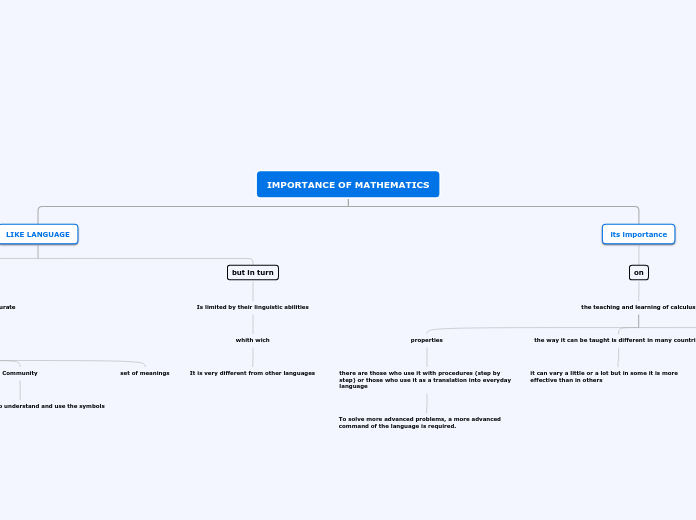CONCEPTOS MORFOLOGICOS / MORPHOLOGICAL CONCEPTS
TEAM MEMBERS
Group i61
Thelma Nohemí Villarreal Lozano
Valeria Sofía Ramírez Villarreal 1925901
Luz Eugenia Morales Aranda 1866569
Sofía Ramaly Cavazos González - 1899553
Daniela Pardo Morales 1930487
Dana Marcela Gutiérrez Ramírez 1862199
Zuemy Aleyda Uribe Fajardo 1810122
Cassandra Laureano Cuellar 1931751
AFIJOS / AFIXES
They are a bound morpheme that occurs before or within or after a base.
There are three kinds:
SUFFIXES
These are divided in:
DERIVATIONAL SUFIXES
act (as a verb)---> active (adjective)
3. They usually do not close off a word; that is, after a derivational suffix and can frequently add an inflectional suffix
2. They changes the part of speech of the word to which it is added
1. The words with which derivational suffixes combine is an arbitrary matter
INFLECTIONAL SUFIXES
-cough, -coughed ( both verbs)
Characteristics
4. They do not pile up; only one ends a word.
3. They go with all stems of a given part of a speech
2. They come last in a word
1. They no not change the part of speech
These are bound morphemes that occur after a base
INFIXES
ee- in geese, replacing the -oo- of goose
These are bound morphemes that have been inserted within a word
PREFIXES
Examples
The prefix un- (or u-n) can mean "not," "remove," or "opposite.
Definitions:
2. Is a letter or a group of letters that we add to the beginning of a word
1. These are those bound morphemes that occur before a base
Se dividen según su posición en:
SUFIXOS
Afijo que se añade al final de la raíz de una palabra
DERIVACIONALES
form- (raíz inseparable o base) y reform- (base que consta de dos morfemas)
Caracteristica:
Modifican el significado central de la palabra
INFLEXIONALES
Libro ---> libros (ambos sustantivos, sólo se agrega la noción de plural
Caracteristicas:
No cambia la parte de la oración a la que pertenence
No alteran el significado básico de la palabra
PREFIJOS
¿Que son?
Es el morfema (unidad mínima de significado) que se antepone a la raíz de una palabra.
ALOMORFO
The phonetic (s) of cats (kăts), (z) of pigs (pĭgz) are allomorphs of the English plural morpheme.
Any of the variant forms of a morpheme
La cuestion de ortografia:
En el morfema /-iero/ de muchos verbos, el cual normalmente se escribe con ‘i’ (Vend/-iero/n, sal/-iero/n), pero también existe con ‘y’ (le/-yero/n, o/-yero/n)
Variantes que pueda tener un morfema en la lengua
MORFEMA
Ejemplo
Autocritica
La unidad básica a que se tiene que llegar a través del análisis morfológico
Example
unhealthy
Definition
Is a short segment of language
This meets three criteria:
3) It returns in differing verbal environments with a relatively stable meaning.
2) It cannot be divided into smaller meaningful parts without violation of its meaning or without meaningless remainders.
1) It is a word or a part of a word that has meaning
MORFOLOGÍA
Definición
La parte de la gramática que se ocupa de la formación de las palabras
The study of the internal structure of words
GRAMATICA
English
It is divided into:
PRESCRIPTIVE GRAMMAR
Examples:
Saying “to go boldly” instead of “to boldly go”, because speakers shouldn’t split infinitives.
Using “The woman whom I met looked sick” instead of saying “The woman who I met looked sick”
This is the traditional approach of grammar. It is a set of rules based on how people think language should be used.
DESCRIPTIVE GRAMMAR
Saying “I am younger than him”, when the correct way would be “I am younger than he.”
Characteristic:
In a descriptive grammar there is no right or wrong language
These are a set of rules about language based on how it is actually used
STRUCTURAL GRAMMAR
Example:
Signifier t-r-e-e Meaning tree
It is concerned with how elements of a sentence such as morphemes, phonemes, phrases, clauses and parts of speech are put together.
Charachterisitc:
It is usually taken as consisting of syntax and morphology (including inflections) and sometimes also phonology and semantics.
Definition:
The whole system and structure of a language or of languages in general
Español
Se divide en:
GRAMATICA PRESCRIPTIVA
¿De que se ocupa?
Del establecimiento de normas de uso correcto e incorrecto y la formulación de reglas basadas en estas normas que deben seguir los usuarios del idioma.
Agregar letras que no van, como la letra “s” en las frases: “¿Qué hicistes?” o “¿vistes eso?”
GRAMATICA DESCRIPTIVA
Se enfoca en:
Describir la manera en que los hablantes usan el idioma a diario.
Incluye:
Un conjunto de reglas sobre el lenguaje
Basadas en:
Cómo se usa en realidad, no cómo debería usarse.
Ejemplos:
Decir “Estoy muerto/a” para expresar cansancio.
GRAMATICA ESTRUCTURAL
Estudia:
La lengua enfocado en las relaciones que se establecen entre todos sus elementos, así como en todos sus niveles de realización.
Ejemplo:
Significante á-r-b-o-l Significado árbol
¿Qué es?
Es una parte de la linguistica
¿Qué estudia?
La manera en que se combinan para formar oraciones
La estructura de las palabras y sus accidentes







